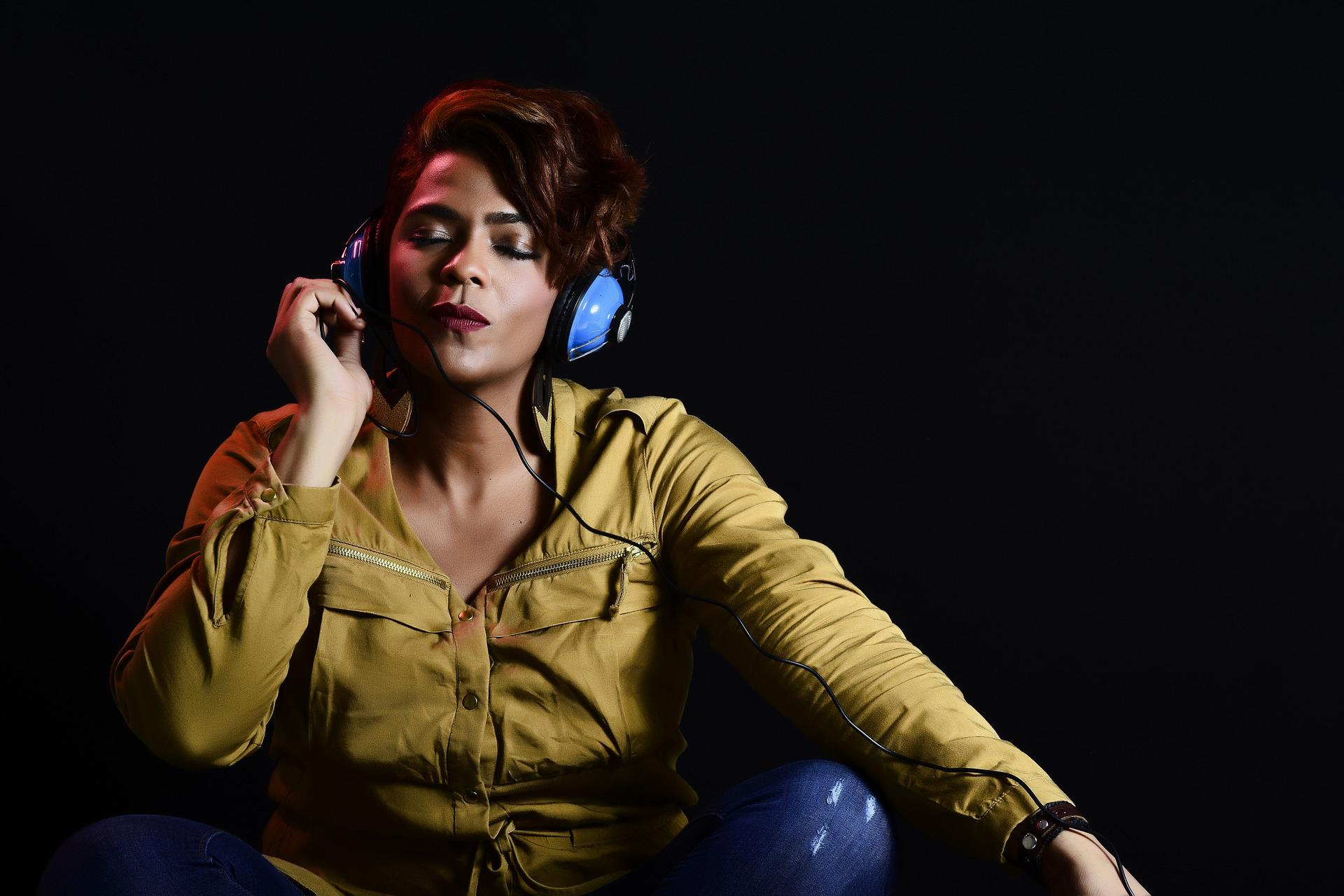As the world took a gradual and suddenly a steep turn towards the electronically powered gears and technology in general, the category of musical instruments changed as well. From traditional acoustic musical instruments to the dominant time of electronic music, synthesisers remained one of the most demanding instrument that nearly every big-shot artist, professional producer to bedroom producer have to possess at any affordable form. Whether it is in the form of hardware, software, they all have one.
Synthesiser has remained a dominant element for musical arrangements since its rise in the 1970s. This piece of a creative box has gone through some significant historical changes. Learn more about this history in this article.
What are synthesisers and why are they so popular?
Synthesiser is a musical instrument which generates sound by the means of electricity as oppose to conventional acoustic musical instruments that require no electricity. With a synthesiser, you are virtually able to create the sound of your imagination. Whatever you hear in your head, with the tweaks of knobs or buttons you are able to get the sound of your head as close as possible. How close, depends on how much time you are spending on sound synthesis and what kind of synthesiser you are using to create the sound of your imagination.
This is exactly the factor determining such great popularity of synthesisers. It allows you synthesise absolutely unique sounds which no conventional instruments can producew. Of course, synthesiser cannot emulate the exact same sounds that of a conventional instrument but that is the catch. Nobody wants to use a synthesiser to have an exact sound of a traditional acoustic instrument. If this was the purpose of synthesisers in the first place, musicians would not have been interested in synthesisers.
The variety of synthesisers on the market
There are various kinds of synthesisers out there since 1971. First, there were analogue synthesisers, then there were digital, then came the hybrid or modular synthesisers. Modular synthesisers had been out there even long before the first commercial synthesisers Minimoog from the Robert Moog Inc. Yet, due to its massive weight and inconvenient patching for live shows, people used synthesisers that they could carry around. First phase was dominated by analogue synthesisers, which was from 1971 until 1980. Still, with the ever growing technology, people took it to the next level and shifted towards the digital synthesisers. Which gave birth to a different kind of culture and arts in 1980s.
The most popular one which you may have come across or heard of probably are definitely the Moog synthesisers, Arp, Korgs, Rolands, Kurzwell etc. These were the most popular that a lot of musical genius had used over time and made various sounds and made it to the chart or in the heart of their listeners spanning over time or remaining the same. Other than these common and most heard buzzword manufacturers, there were also others who stayed close to the heart of its user and created a cult-like followers that obsess over the sound of such synthesisers.
There were many synthesisers that defined the 1980s. Michael Jackson, Human League, Talk Talk, Tears for Fears, Madonna are just some of the examples of the 1980s super stars who used digital synthesisers.

